Home>diy>Building & Construction>How Many Calories Do Construction Workers Burn In A Day
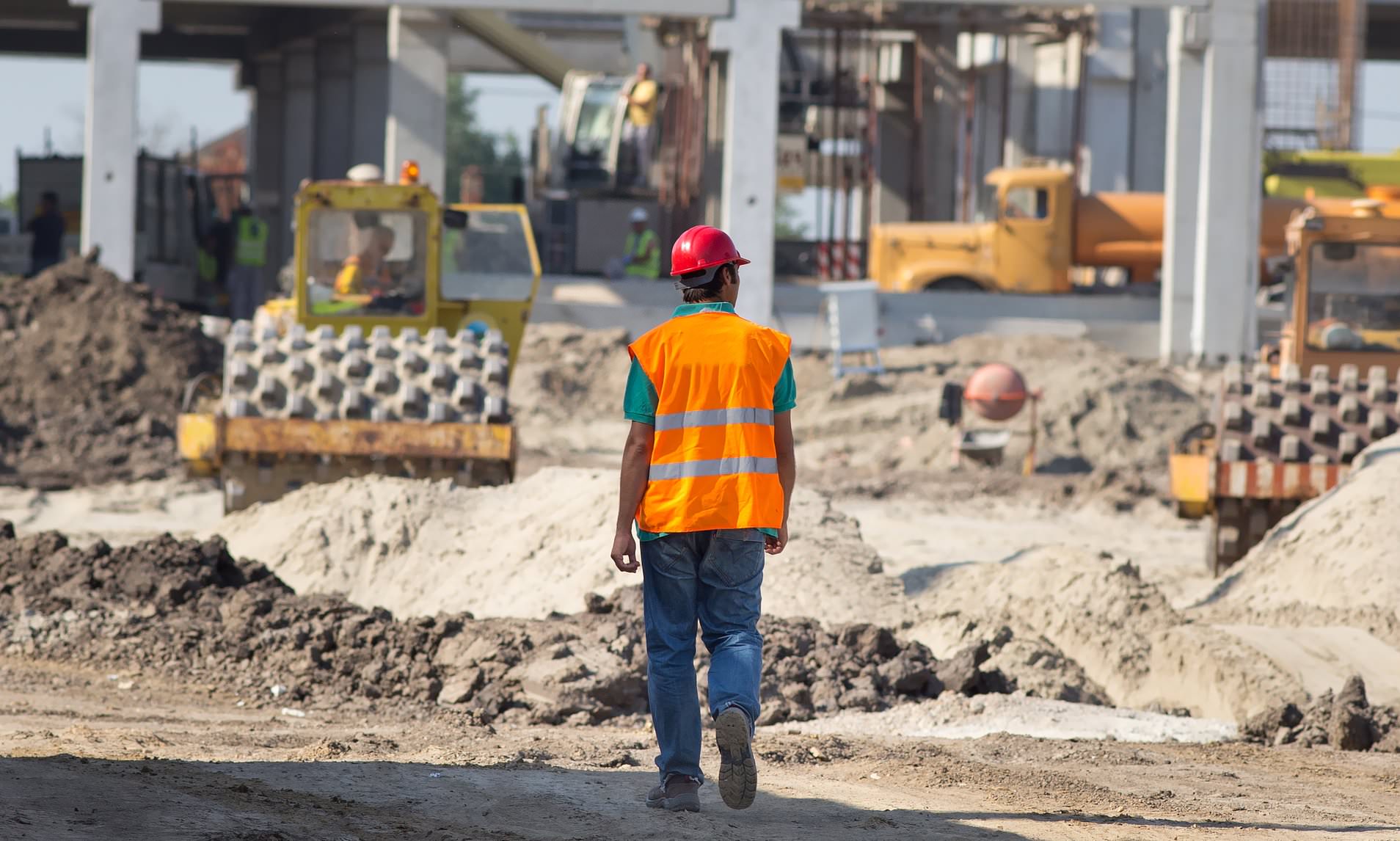

Building & Construction
How Many Calories Do Construction Workers Burn In A Day
Modified: January 4, 2024
Find out how many calories construction workers burn in a day. Discover the physical demands of building construction and its impact on energy expenditure.
(Many of the links in this article redirect to a specific reviewed product. Your purchase of these products through affiliate links helps to generate commission for Storables.com, at no extra cost. Learn more)
Introduction
Construction work is physically demanding, requiring strength, endurance, and stamina. Whether it’s laying bricks, operating heavy machinery, or carrying materials, construction workers engage in a wide range of tasks that can be physically taxing. But have you ever wondered how many calories construction workers burn in a day?
Understanding the caloric expenditure of construction work is not only valuable for those in the industry but also for individuals looking to maintain a healthy lifestyle. By knowing the number of calories burned during construction work, workers can better understand their energy needs and make informed decisions about nutrition and fitness.
In this article, we will explore various factors that affect calorie burn in construction work, the physical demands of the job, and how caloric expenditure compares to other occupations. We will also discuss the importance of body composition, fitness level, and environmental factors in determining the amount of calories burned during construction work. Lastly, we will highlight health and nutritional considerations that construction workers should keep in mind for optimal performance and well-being.
So, put on your hard hats, grab your gear, and let’s dive into the fascinating world of calories burned in construction work!
Key Takeaways:
- Construction work demands high caloric expenditure due to physical tasks like lifting, operating machinery, and climbing. Understanding factors like body composition and environmental conditions is crucial for optimizing energy needs.
- Proper nutrition, hydration, and fitness are essential for construction workers to sustain performance, prevent fatigue, and maintain overall well-being. Prioritizing health and safety measures is key to thriving in this physically demanding profession.
Factors Affecting Calorie Burn in Construction Work
The number of calories burned during construction work can vary based on several factors. These factors include the nature of the task, body composition and fitness level of the individual, and environmental conditions.
The first factor is the nature of the task. Construction work encompasses a wide range of activities, from heavy lifting to operating machinery to climbing ladders. Each task requires different levels of exertion and thus can result in varying calorie burn. For example, activities that involve continuous movement and forceful exertion, such as digging or carrying heavy objects, tend to burn more calories compared to tasks that are more sedentary or require less physical effort.
Body composition and fitness level also play a significant role in calorie burn. People with higher muscle mass tend to burn more calories since muscle requires more energy to maintain. Likewise, individuals with a higher level of cardiovascular fitness will have a higher metabolic rate and thus burn more calories during physical activity. On the other hand, individuals with a higher percentage of body fat may burn fewer calories due to a lower metabolic rate.
Environmental conditions can also impact calorie burn in construction work. Working in hot and humid environments can cause the body to work harder to regulate its internal temperature, resulting in increased calorie expenditure. Additionally, working in extreme cold temperatures can also increase calorie burn as the body uses more energy to stay warm. Other factors such as altitude and ventilation in the work area can also influence calorie burn to a certain extent.
It’s important to note that these factors interact with each other and can influence calorie burn simultaneously. For instance, an individual with a higher level of fitness may be able to complete a task more efficiently and with less exertion, resulting in lower calorie burn compared to someone with a lower level of fitness performing the same task.
By understanding these factors, construction workers can better estimate their daily caloric expenditure and make appropriate adjustments to their nutritional intake and fitness routine to support their energy needs and overall well-being.
Physical Demands of Construction Work
Construction work is known for its physically demanding nature. It requires workers to engage in a wide range of activities that demand strength, endurance, and coordination. Understanding the physical demands of construction work is crucial for comprehending the amount of calories burned during these tasks.
One of the primary physical demands in construction work is the need for manual labor. Construction workers often engage in activities such as lifting and carrying heavy materials, operating power tools, and using heavy machinery. These tasks require a significant amount of muscular strength and endurance. Lifting heavy objects, for example, engages large muscle groups like the legs, back, and arms, resulting in a high caloric expenditure.
In addition to manual labor, construction work often involves repetitive movements and sustained physical effort. Workers may need to perform tasks like hammering, sawing, or nailing for extended periods. These repetitive actions can strain the muscles and increase caloric burn over time.
Construction work also frequently includes activities that require workers to be on their feet for long periods. Walking, climbing ladders, and navigating uneven terrain are typical tasks on construction sites. These activities engage the lower body muscles, such as the calves and quadriceps, contributing to calorie burn.
Furthermore, construction work often involves maintaining proper posture and balance while performing various tasks. This requirement for stability engages core muscles and promotes calorie burn. Whether it’s maintaining balance while working on scaffolding or staying upright while operating heavy machinery, these actions contribute to the overall physical demands of construction work.
It’s essential to recognize that the physical demands of construction work can vary depending on the specific trade or task. For example, a carpenter may spend more time engaging in precise measurements and skills, while a mason may focus on carrying heavy bricks and laying them accurately. Each trade brings its own set of physical demands and calorie burn.
Overall, construction work presents significant physical demands that involve strength, endurance, coordination, and balance. These demands contribute to the number of calories burned during construction tasks and highlight the importance of maintaining physical fitness and proper nutrition to support the body’s energy needs.
Caloric Expenditure in Different Construction Tasks
Construction work encompasses various tasks, each with its own level of physical demand and calorie burn. Understanding the caloric expenditure of different construction tasks can provide insights into the energy requirements of these activities.
Lifting and carrying heavy materials is a common task in construction work. Whether it’s loading and unloading supplies or moving construction debris, this activity requires significant muscular effort. On average, lifting and carrying heavy objects can burn approximately 200-400 calories per hour, depending on the weight and duration of the task.
Operating heavy machinery, such as bulldozers or cranes, may not involve as much physical exertion as manual labor tasks, but it still requires focus and coordination. While the calorie burn from operating machinery may be lower compared to tasks involving more physical effort, it can still range between 100-200 calories per hour.
Tasks that involve repetitive movements, such as hammering or sawing, can contribute to calorie burn over time. These actions engage multiple muscle groups and can burn around 150-250 calories per hour, depending on the intensity and duration of the task.
Jobs that require climbing ladders, scaffolding, or working at heights engage the lower body muscles and promote calorie burn. The act of climbing itself can burn approximately 200-300 calories per hour, depending on factors like the speed of ascent and the weight carried.
Demolition work, which involves breaking down structures or removing existing materials, can be physically demanding and result in a higher calorie burn. The combination of heavy lifting, repetitive movements, and sustained effort can lead to calorie expenditure of around 300-500 calories per hour.
Tasks like digging trenches, shoveling, and laying bricks involve continuous movement and forceful exertion. These activities require a significant amount of physical strength and can burn approximately 300-600 calories per hour, depending on the intensity and duration of the work.
It’s important to note that these calorie burn estimates are approximations, as individual factors like body composition and fitness level can influence the actual numbers. Additionally, the intensity and duration of each task can vary between construction projects and individual work habits.
Understanding the caloric expenditure of different construction tasks can help workers plan their meals and ensure they are providing their bodies with the necessary energy and nutrients to perform optimally. Proper nutrition and hydration are vital for sustaining energy levels, replenishing muscles, and promoting overall health for construction workers.
Role of Body Composition and Fitness Level in Calorie Burn
Body composition and fitness level play a crucial role in determining the number of calories burned during construction work. Understanding how these factors influence caloric expenditure can help individuals better estimate their energy needs and make appropriate adjustments to their nutrition and fitness routines.
One key factor is body composition, which refers to the proportion of lean muscle mass, body fat, and other tissues in the body. Muscle tissue has a higher metabolic rate compared to fat tissue, meaning it requires more energy to maintain. Therefore, individuals with a higher percentage of muscle mass tend to have a higher basal metabolic rate (BMR), the amount of calories burned at rest. This higher metabolic rate contributes to increased calorie burn during physical activity, including construction work.
On the other hand, individuals with a higher percentage of body fat tend to have a lower BMR. Fat tissue requires less energy to maintain, resulting in fewer calories burned during physical activity. However, it’s important to note that body fat can still serve as a source of stored energy that can be used during prolonged or intense construction tasks.
Fitness level is another important factor influencing calorie burn. Regular exercise and cardiovascular fitness contribute to a higher metabolic rate, leading to increased calorie burn during physical activity. Individuals who are more physically fit exhibit better cardiovascular efficiency, allowing the body to deliver oxygen and nutrients more effectively to the muscles. This increased efficiency results in improved stamina and energy utilization, leading to a higher calorie burn during construction work.
Additionally, individuals with a higher level of fitness often have greater muscular endurance, allowing them to perform tasks with less effort and therefore lower calorie burn compared to those with lower fitness levels. However, it’s important to note that while fitness level can reduce the relative effort and calorie burn, even highly fit individuals will still experience significant caloric expenditure during physically demanding construction tasks.
Body composition and fitness level are interconnected, and both can be improved through proper nutrition and regular exercise. Engaging in strength training and cardiovascular activities can help increase muscle mass, improve overall fitness, and enhance the efficiency of calorie burn during construction work.
Understanding the role of body composition and fitness level in calorie burn is crucial for construction workers to gauge their energy needs accurately. Incorporating strength training, cardiovascular exercise, and a balanced diet can support optimal performance, reduce the risk of fatigue or injury, and ensure that workers are meeting their energy requirements.
Construction workers can burn anywhere from 300 to 600 calories per hour, depending on the intensity of their work. This can add up to a significant amount of calories burned in a full day of work.
Read more: How Many Calories Do You Burn In Hot Tub
Effects of Environmental Factors on Caloric Expenditure
Environmental factors can significantly impact caloric expenditure during construction work. The conditions in which tasks are performed can influence the body’s energy expenditure, thereby affecting the number of calories burned. Let’s explore the effects of some key environmental factors on caloric expenditure.
Temperature is an important environmental factor that can affect calorie burn. Working in hot and humid conditions can increase the body’s effort to regulate its internal temperature, resulting in higher energy expenditure. The body uses additional energy to cool down through processes like sweating, which leads to increased calorie burn. On the other hand, working in cold temperatures can also increase calorie burn as the body works harder to maintain its core temperature, requiring additional energy to generate heat.
Altitude is another environmental factor that can impact caloric expenditure. At higher altitudes, the air is thin and contains less oxygen, making physical activity more challenging. When the body doesn’t receive as much oxygen, it has to work harder to supply the muscles with the necessary oxygen for energy production. This increased effort leads to higher calorie burn during construction tasks performed at higher altitudes.
Ventilation and air quality in the work environment can also influence caloric expenditure. Poor ventilation and exposure to pollutants can strain the cardiovascular system, making physical activity more difficult. In such conditions, the body needs to work harder to provide oxygen and remove waste products. This increased effort results in higher calorie burn.
Additionally, the physical demands of construction work can be affected by the terrain and layout of the work area. Uneven surfaces, stairs, or obstacles can increase the effort required to perform tasks, resulting in higher calorie burn. In contrast, working on flat and even surfaces may require less exertion, leading to lower caloric expenditure.
It’s important to note that the effects of environmental factors on caloric expenditure can vary depending on individual adaptability and acclimatization. Workers who are regularly exposed to specific environmental conditions, such as heat or high altitude, may experience a certain level of adaptation over time, which can influence their caloric expenditure during work.
Understanding the impact of environmental factors on caloric expenditure is valuable for construction workers. By being aware of these effects, workers can adapt their energy intake, hydration strategies, and work practices accordingly to ensure their energy needs are adequately met during construction tasks. Maintaining proper nutrition, hydration, and appropriate rest intervals can help optimize performance and reduce the risk of fatigue or heat-related illnesses in challenging environmental conditions.
Comparing Calorie Burn in Construction Work to Other Occupations
Construction work is known for its physically demanding nature, but how does its caloric expenditure compare to other occupations? Let’s take a look at how calorie burn in construction work compares to different types of jobs.
Firstly, it’s important to note that the caloric expenditure during any type of work depends on several factors, including the nature of the job, the intensity and duration of physical activity, individual fitness levels, and body composition.
Studies have shown that construction work generally involves higher levels of physical effort compared to many sedentary occupations. Research has indicated that construction workers can burn anywhere from 300 to 600 calories per hour, depending on the specific tasks and conditions involved.
Comparatively, jobs that involve more sedentary activities, such as office work or driving, typically have a lower caloric expenditure. Office work, for example, typically burns around 100 to 200 calories per hour, primarily due to the minimal physical exertion involved. Similarly, driving for long periods burns approximately 100 to 150 calories per hour.
Some physically active occupations, such as delivery drivers, may have higher calorie burn compared to office work but still fall below the levels seen in construction work. Delivery drivers, who often load and unload packages and walk frequently, can burn around 200 to 400 calories per hour.
Jobs in the healthcare industry, such as nursing or healthcare assistants, require a combination of physical tasks and prolonged periods of standing or walking. These occupations generally have higher caloric expenditure than sedentary jobs but vary depending on the specific responsibilities. Calorie burn in healthcare occupations can range from 200 to 400 calories per hour.
An exception to the general trend of lower calorie burn in sedentary occupations is physically demanding jobs in fields like agriculture or manufacturing. These occupations, which involve manual labor and repetitive movements, can have caloric burn rates similar to or even higher than construction work, ranging from 300 to 600 calories per hour.
It’s essential to note that these are approximate calorie burn ranges and can vary based on individual factors, work intensity, and job requirements. Additionally, the overall energy expenditure during a workday may also be influenced by non-occupational physical activities and exercise routines.
Comparing calorie burn in construction work to other occupations demonstrates the significant physical demands that construction workers face. It highlights the importance of proper nutrition, hydration, and fitness for individuals in the construction industry to adequately support their energy needs and maintain their health and well-being.
Health and Nutritional Considerations for Construction Workers
As construction work is physically demanding and requires a substantial amount of energy, it is essential for construction workers to prioritize their health and nutrition. By considering specific health and nutritional factors, workers can optimize their performance, prevent fatigue or injury, and support their overall well-being. Here are some key considerations for construction workers:
1. Hydration: Staying well-hydrated is crucial, especially when working in hot or humid environments. Construction workers should aim to drink water regularly throughout the day to replace fluids lost through sweat. Dehydration can lead to decreased performance, fatigue, and even heat-related illnesses.
2. Energy Balance: Construction work requires a significant amount of energy expenditure. To meet their daily energy needs, workers should consume a balanced diet that includes an adequate combination of carbohydrates, proteins, and fats. Carbohydrates provide essential energy, while proteins support muscle repair and development. Healthy fats help with nutrient absorption and provide sustained energy.
3. Nutrient Density: Choosing nutrient-dense foods is important to ensure that workers are getting the necessary vitamins, minerals, and antioxidants for optimal health and recovery. Include a variety of fruits, vegetables, whole grains, lean proteins, and healthy fats in the diet to obtain a wide range of nutrients.
4. Timing of Meals and Snacks: Construction workers should plan their meals and snacks strategically to maintain sustained energy levels throughout the day. Consuming small, balanced meals or snacks every few hours can help prevent energy crashes and keep blood sugar levels stable. Including a source of lean protein in each meal can aid in satiety and muscle recovery.
5. Pre- and Post-Workout Fuel: Construction work can be considered a physically demanding job, akin to a workout. Therefore, workers should consider pre- and post-workout nutrition to optimize performance and recovery. Consuming a small meal or snack containing carbohydrates and protein before work can provide the necessary energy. After work, consuming a well-balanced meal or snack can support muscle repair and glycogen replenishment.
6. Ergonomics and Injury Prevention: Understanding and practicing proper ergonomics can help prevent injuries and minimize physical strain. Using tools and equipment correctly, maintaining good posture, and incorporating stretching exercises or warm-up routines can support musculoskeletal health and reduce the risk of work-related injuries.
7. Rest and Recovery: Construction work can be physically demanding and mentally challenging. Adequate rest and recovery are crucial for overall well-being and performance. Getting enough sleep, allowing time for relaxation, and incorporating rest days or periods of reduced activity are essential to avoid burnout, improve mental focus, and support muscle repair.
8. Mental Health: Construction work can be demanding and stressful. Prioritizing mental health and well-being is important for overall job satisfaction and productivity. Engaging in stress-reducing activities, seeking support when needed, and practicing self-care strategies can help manage stress levels and maintain a positive mindset.
9. Safety and Personal Protective Equipment (PPE): Ensuring personal safety through the use of appropriate personal protective equipment, such as hard hats, safety gloves, and safety boots, is crucial for preventing injuries in the construction industry. Prioritizing safety measures and following protocols promotes overall well-being.
By considering these health and nutritional factors, construction workers can support their performance, maintain their energy levels, and mitigate the risk of fatigue or injury. It is important for workers to prioritize their physical and mental health to ensure a successful and sustainable career in the construction field.
Conclusion
Construction work is a physically demanding occupation that requires considerable strength, endurance, and stamina. Understanding the factors that affect calorie burn in construction work is essential for workers to meet their energy requirements and optimize their overall health and well-being.
We explored various factors that impact caloric expenditure in construction work, including the nature of the task, body composition, fitness level, and environmental conditions. The physical demands of construction work involve manual labor, repetitive movements, and prolonged periods of standing or walking. These tasks result in a higher caloric expenditure compared to more sedentary occupations.
Body composition and fitness level play significant roles in calorie burn during construction work. Individuals with higher muscle mass and cardiovascular fitness tend to have a higher metabolic rate and burn more calories during physical activity. It emphasizes the importance of strength training, cardiovascular exercise, and maintaining an optimal body composition for construction workers.
Environmental factors such as temperature, altitude, ventilation, and terrain can also impact caloric expenditure. Working in hot or cold conditions, higher altitudes, or poor ventilation can increase the body’s energy expenditure, leading to higher calorie burn during construction tasks.
Comparing the calorie burn in construction work to other occupations highlights the significant physical demands faced by construction workers. It underscores the importance of proper nutrition, hydration, and overall fitness for workers to meet their energy needs and sustain their performance in physically demanding tasks.
Health and nutritional considerations are crucial for construction workers to support their performance, prevent fatigue or injury, and maintain their overall well-being. Proper hydration, balanced nutrition, adequate rest, and attention to mental health are essential for construction workers to thrive in their demanding profession.
In conclusion, construction work requires significant physical effort and energy expenditure. By understanding the factors impacting calorie burn, prioritizing health and nutrition, and practicing appropriate safety measures, construction workers can optimize their energy levels, sustain their performance, and ensure a successful and fulfilling career in the construction industry.
Frequently Asked Questions about How Many Calories Do Construction Workers Burn In A Day
Was this page helpful?
At Storables.com, we guarantee accurate and reliable information. Our content, validated by Expert Board Contributors, is crafted following stringent Editorial Policies. We're committed to providing you with well-researched, expert-backed insights for all your informational needs.

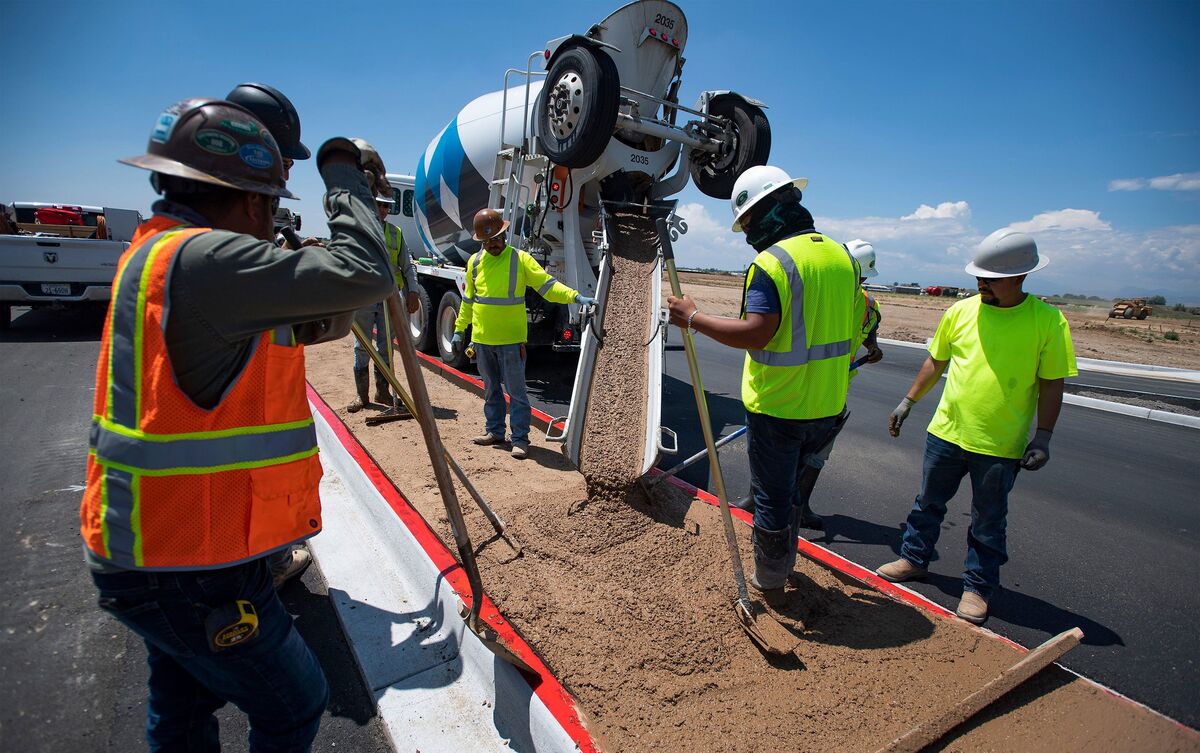



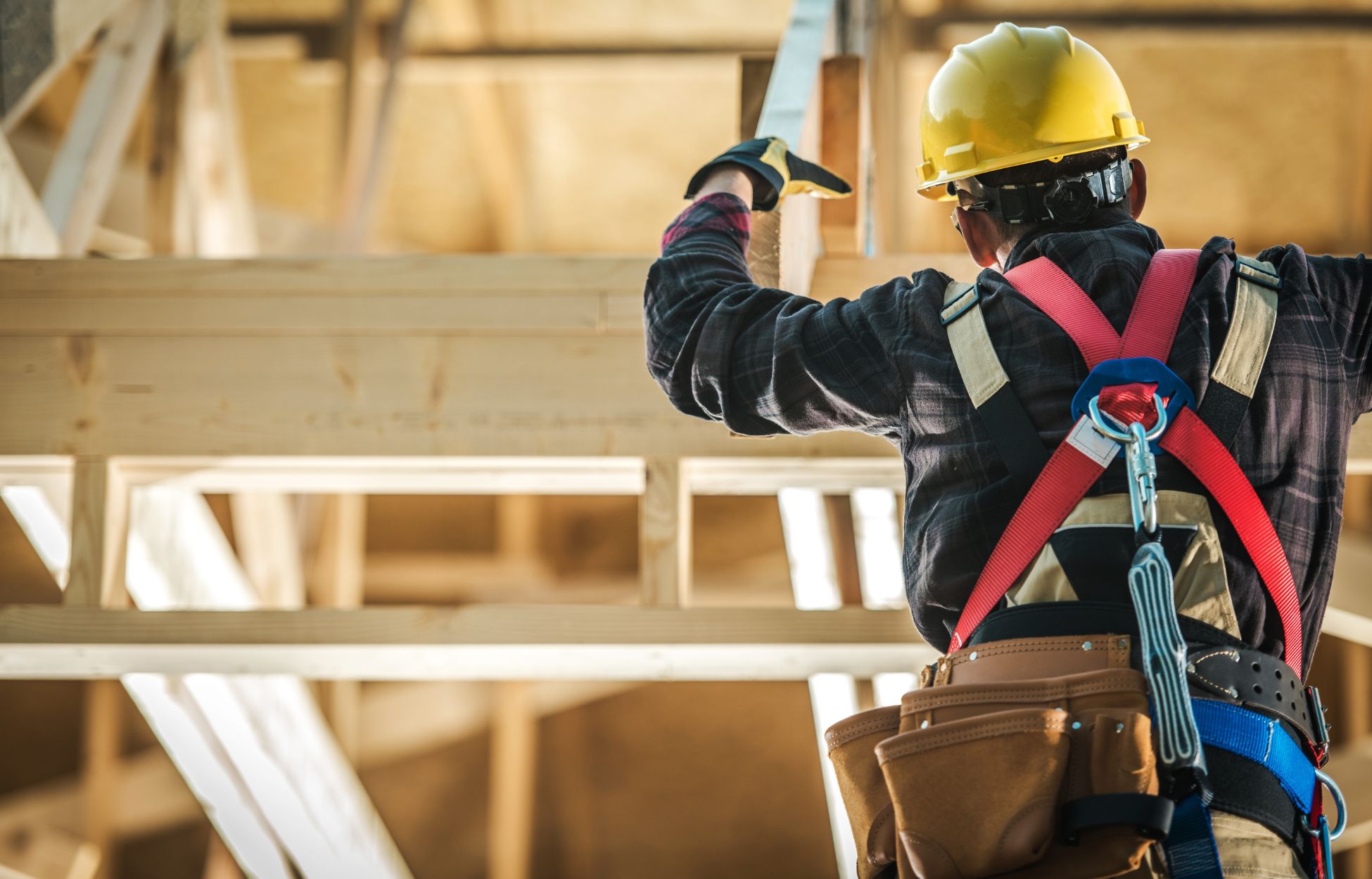


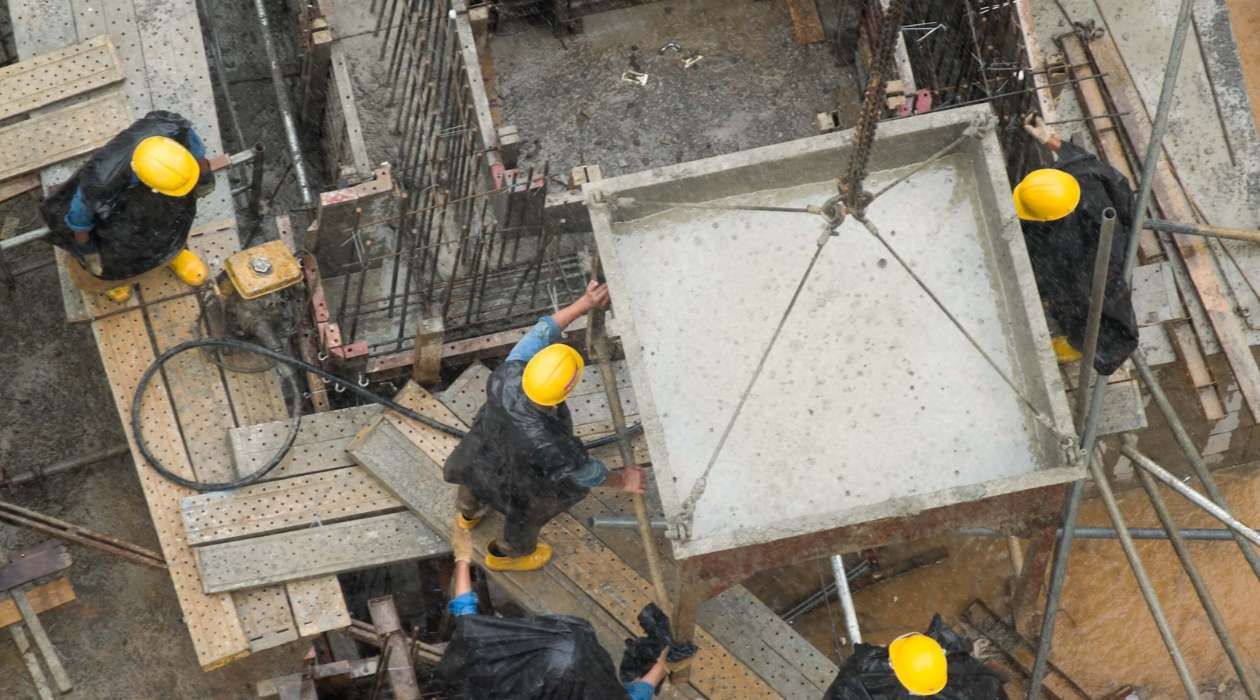
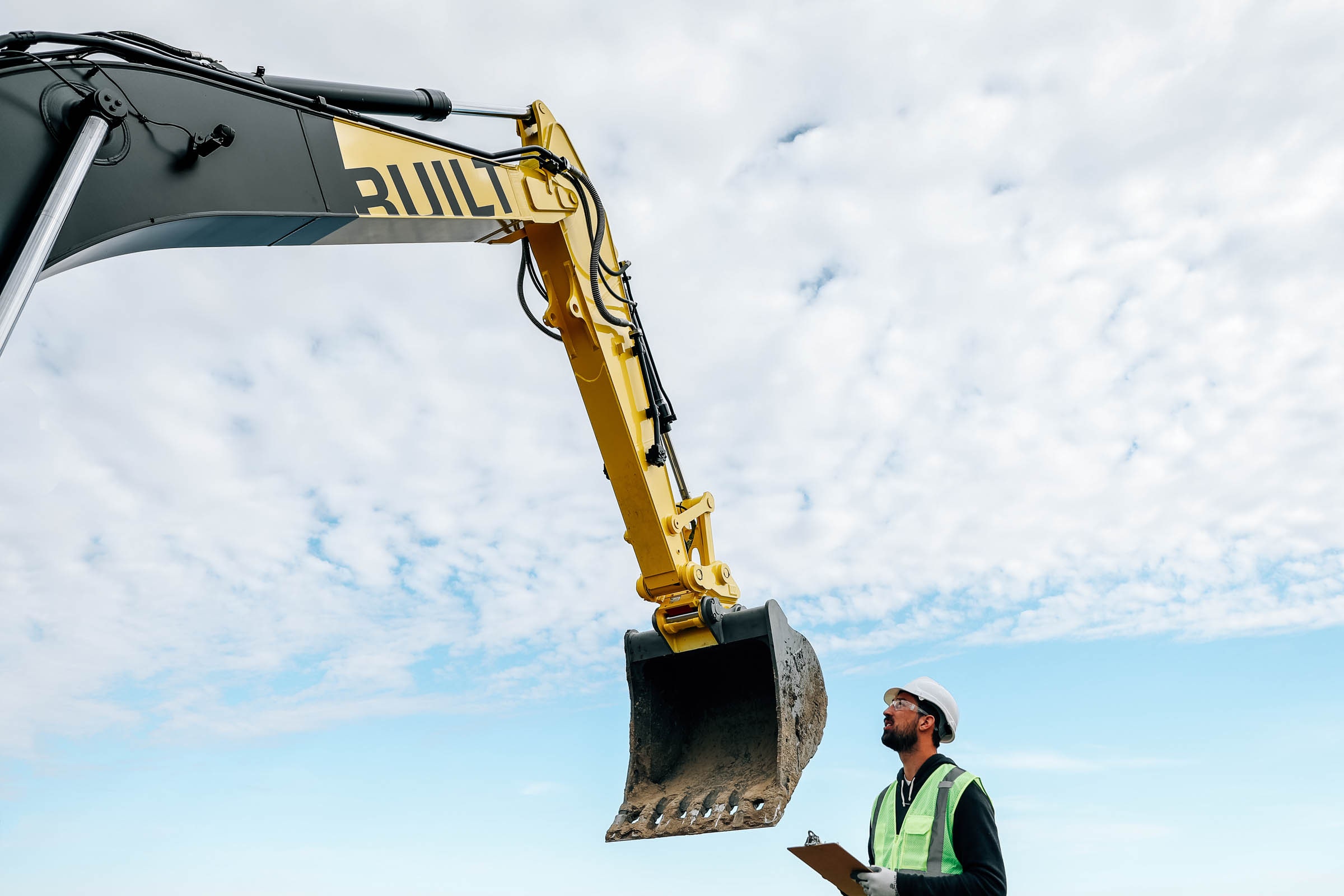

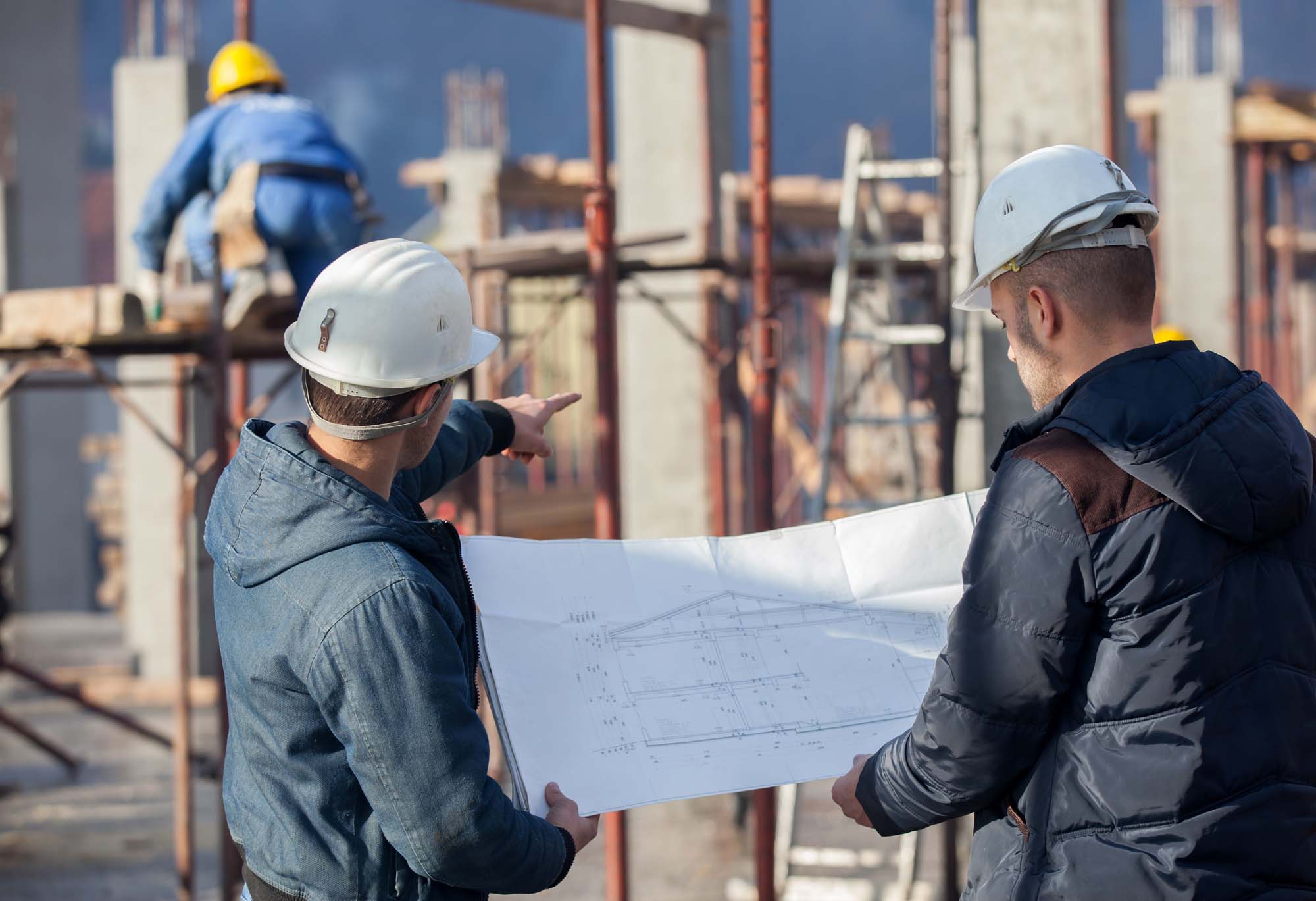



0 thoughts on “How Many Calories Do Construction Workers Burn In A Day”